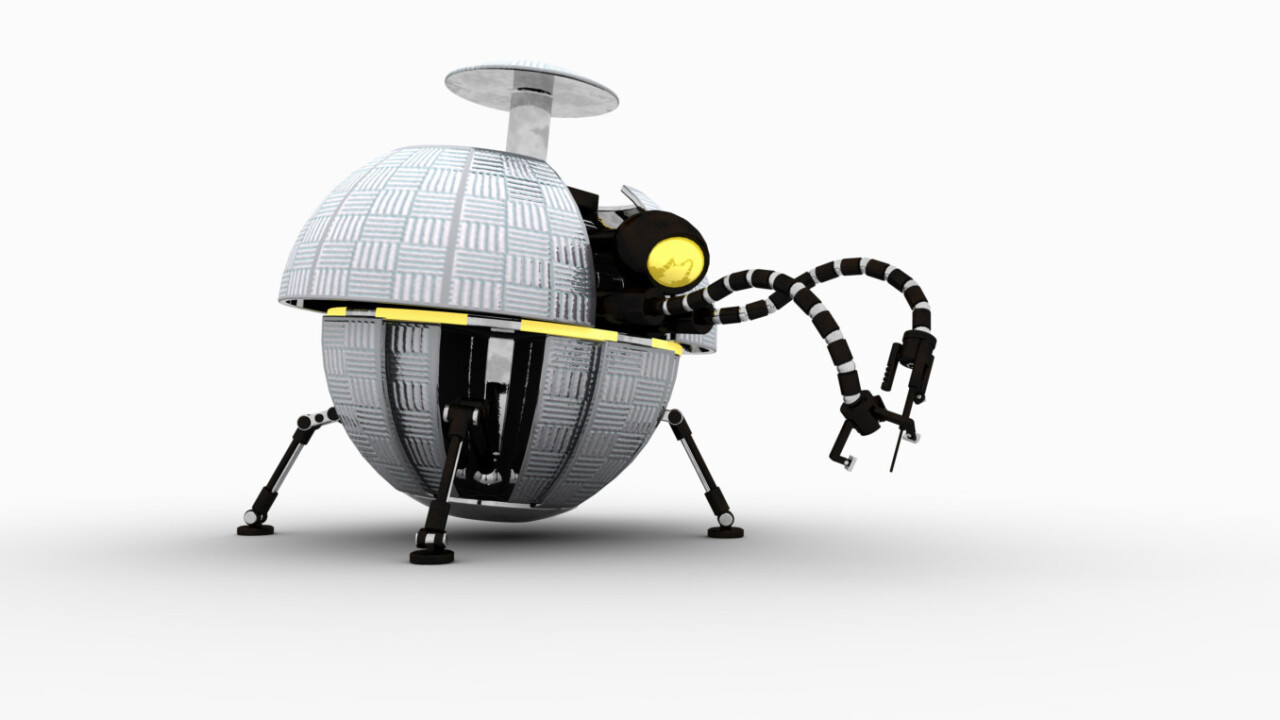
For centuries, humans have been fretting over “technological unemployment” or the loss of jobs caused by technological change. Never has this sentiment been accentuated more than it is today, at the cusp of the next industrial revolution.
With developments in artificial intelligence continuing at a chaotic pace, fears of robots ultimately replacing humans are increasing.
However, while AI continues to master an increasing number of tasks, we’re still decades away from human jobs going extinct. With AI finding its way into more and more domains, the demand for tech talent is growing.
There’s an unprecedented shortage of programmers, data scientists, cybersecurity experts and IT specialists, among others. And we can only bridge this widening gap if we help the workforce adapt to the jobs of the future. Interestingly, AI can play a crucial role in this regard.
Here is how we can smooth the transition to the age of Artificial Intelligence.
Education
Teaching and learning has been the centerpiece of the human society’s evolution. Education in this day and age has to reflect the upheavals overcoming the socio-economic landscape.
This means we need more focus on computer science in schools and academic institutions. This will help prepare future generations to fill tech vacancies.
Governments and the private sector must also play a more active role in helping the workforce acquire tech skills. This includes people currently who are filling job roles that will likely become subject to automation in coming years.

Other notable developments include the establishment of learning centers such as Coursera, Codeacademy, Big Data University and Microsoft’s edX. These online platforms provide users with free tools and massively open online courses (MOOCs) to learn top-demand tech skills.
Tech firms must also take the steps to help secure the future of their current employees. A good example is Amazon’s Career Choice program, an effort that encourages employees to learn skills for future employment.
Learning a new profession is not an easy feat. But Artificial Intelligence developments in education are helping shorten the time required to learn new skills. From providing personalized assistance to finding successful teaching patterns, AI innovations are revolutionizing the learning process.
An effective approach to education will help put more people in jobs and support the digitized economies of the future.
Assisting humans in tech jobs
One of the main hurdles for entrance into tech jobs is the sophisticated level of skills, experiment and knowhow required. The same goes for other fields where talent and expertise is in high demand, such as medicine.
For instance, the cybersecurity industry is currently struggling with a shortage of one million skilled workers. Meanwhile the amount of time and effort required to train a security analyst is overwhelming.
Fortunately, AI-powered security tools can downsize the effort required by security experts in maintaining the integrity of IT systems. By learning to analyze and flag network events or process behavior, tools such as MIT’s AI2 and IBM’s Watson for Security enable security analysts to become more productive and efficient in fighting cyber attacks.

Cognitive computing is another development that is simplifying complicated tasks. Natural language processing and generation (NLG/NLP) are making it easier to interact and communicate with digital systems. We’re already seeing it do its magic in chatbots.
How does it help create jobs? For one thing, NLP is making data science much more accessible to people with more math skills but less programming skills. You can see this in platforms such as IBM Watson Analytics, where you can use natural human language sentences to query data sources as opposed to complicated programming language commands.
NLG, on the other hand, makes it easier to understand the output of analytics tools.
An example is the effort led by Narrative Science, an AI firm that specializes in NLG. Narrative Science is helping business intelligence companies produce written descriptions of their charts, graphs and data sheets.
Filling skills gaps elsewhere
Tech is not the only domain that can benefit from AI in creating jobs. Other industry are already making use of this growing trend to find and train talent.
Thanks to machine learning and big data, physicians are becoming more efficient in diagnosis and treatment of diseases. These tools will help less-skilled professionals perform tasks that usually require extensive experience. This can help fill vacant posts at a faster rate and put professionals at work where their expertise is required.

Now, thanks to the efforts of AI companies such as FirstJob and Ibenta, interviewing applicants is becoming more streamlined. FirstJob’s AI-powered recruitment assistant Mya intelligently engages with applicants through the hiring pipeline. Recruiters only need to intervene where the assistant can’t handle a specific input. This enables organizations to process more applications in a shorter timespan.
Getting ready for a robot-only future
Contrary to popular belief, most AI systems currently act as a complement to humans instead of replacing them. According to expert estimates, we are still years away from general artificial intelligence and full automation. But eventually, there will come a day where robots will perform most tasks and the role of humans in the production cycle will be marginal.
It’s very hard to envision the dynamics of a robot-driven economy. But how will humans sustain their lives when robots take all their jobs?
Governments should impose an income tax on robots that replace humans, Bill Gates said in an interview with Quartz. The Microsoft founder proposed that the robot tax could finance jobs to which humans are particularly well suited. This can include taking care of elderly people or working with kids in schools, for which needs are unmet.
Other experts are endorsing the notion of a Universal Basic Income (UBI), or handing out unconditional money to all citizens. The concept has been around for centuries, but it is gaining traction as full automation starts to loom on the horizon.
There are many political, economic and ethical hurdles to the full implementation of the UBI, but pilot programs are underway. Governments as well as private firms are testing the concept in small scale.
We have yet to see how the accelerating evolution of AI will unfold, but what’s for sure is that fundamental changes lie ahead. While we can’t predict the future, we can prepare for its potential outcome as best as we can.
Get the TNW newsletter
Get the most important tech news in your inbox each week.


